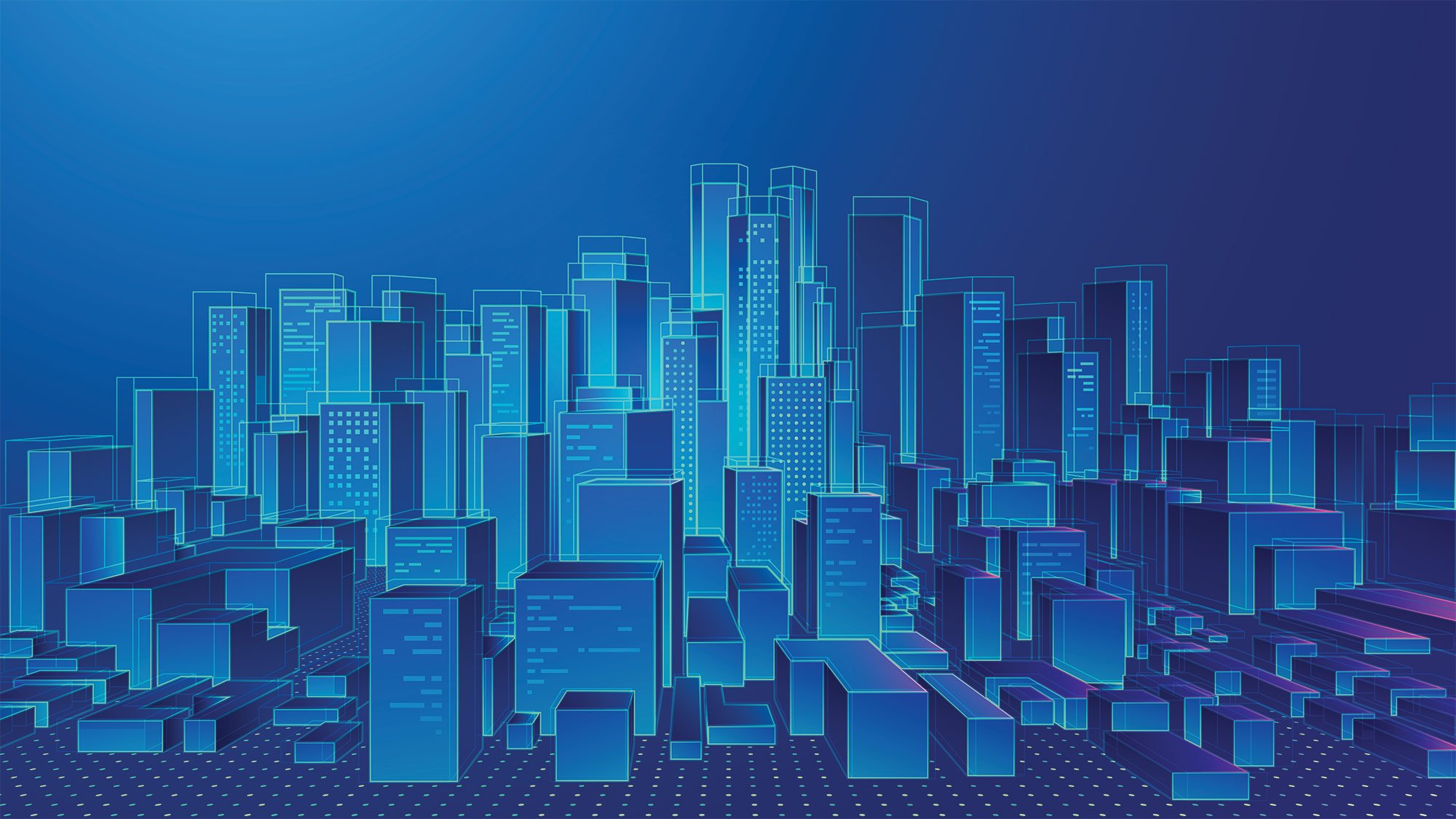Architects and engineers spend much of the building design process thinking hard about the likely implications of their choices on building performance, energy and water use, light levels, the user experience, and hundreds of other operational effects. Given the well-known maxim that design is not how something looks, so much as how it works, these performance questions are now taking on more significance, as the financial and regulatory effects of climate change cast a shadow over the built environment.
Traditionally, developers, owners and operators had to make do with predictions about running costs and then optimise their asset’s day-to-day use as best they could, using a patchwork of disconnected technical systems. This design-and-hope ethos is not really suitable for a world increasingly defined by net zero goals and unchecked energy costs. And regulation is tightening, with legislation like the EU energy directive requiring that existing buildings meet higher minimum energy standards.
Taking control by twin
This creates a valuable opening for digital twins, near real-time digital replicas of the asset or its systems, which provides operators with clarity about every element of an asset’s performance by blending historical and synthetic data points to derive actionable insights, such as its future costs and maintenance needs. If the concept has in the past been interesting-in-theory, these new market drivers of environmental reporting and cost control make the case for a digital twin even more compelling.
At Arup we’ve been developing and delivering digital twins for some time, and our belief is that they go beyond simply offering effective control of a singular building or asset. The real benefit is unlocked when digital twins are connected together into an ecosystem. At the deepest level, this will create a lasting impact and drive sustainability and performance at the portfolio, city, and even national level - accurately guiding future decision making.
Learning to predict the future
To date, most digital twins rely on current and historical data from sensors. At Arup, we believe that a digital twin could become more sophisticated in its predictive power if we added another type: synthetic design data. This is information drawn from the operational and energy modelling produced during a assets original design phase, added to give the twin an additional level of knowledge about the asset. The twin can then compare the model versus reality over time to reveal valuable insights about performance, opportunities to save energy, resources, optimise occupancy and manage costs.
With these insights enabled, a digital twin does not just provide a comprehensive window on building performance, it also reveals the connections between factors driving that performance.
Hague: government HQ digital twin
At The Hague City Hall, our twin established meaningful convergence between factors CO2 emissions, energy consumption, and occupancy level that reduced energy use by up to 39%.
Credible reporting
Regulation varies greatly around the world, but a glance at what the EU is doing provides a useful picture of the kind of performance factors owners and operators will increasingly need to report on at a regional scale.
By 2027, the new EU energy directive will use actual building energy performance to assign energy labels to bring greater clarity and transparency across the built environment.
Typically, regulation is based on the energy classification that a building or asset achieved when it was first designed. But as any owner or manager will tell you, theory and reality may soon diverge. MEP installations might not have realised the designer’s goal. Fit out choices could have compromised performance in other ways. Questions emerge.
This means that when we look at CO2 reductions, owners have been relying on largely theoretical performance, potentially leaving a huge gap between reported levels and the actual amount of emissions going into the atmosphere. Digital twins can keep us honest and become a spur to operational changes needed to keep within agreed limits.
Viable and vital
When the digital twin concept became more prevalent in the built environment, many saw its potential but feared that complexity would make it commercially unappealing to most beyond the richest developers. In 2022, the economic case is much easier to make. As Arup’s own work developing both Neuron and our Property Insight platforms in the last five years have shown, it’s now possible to build powerful data-driven tools that connect any mix of technology into an ecosystem for an individual building or whole portfolio of sites.
The reality is that across the built environment asset managers and operators need to have better insights about that future. As a sector still responsible for around 40% of CO2 emissions, much of them operationally driven, the world expects and will require us to do more to accelerate a reduction. Digital twins de-risk these issues for existing buildings just as effectively as they can future proof those that are still in development and construction. Digital twins can help guide us into that more sustainable future we all want to see.
Navigating the climate change era is about being armed with the most relevant insights and powerful predictions. Correctly deploying and leveraging digital twins which can bring future performance outcomes to life, are going to become ever more valuable.
Find out more
-
Expertise
Digital for sustainable development
Sustainable development is redefining what we expect from the built environment. Meeting these expectations requires system-wide improvements in the way we design, build, manufacture, operate and reuse everything from transport hubs to energy to cities and mixed- use developments.
-
Expertise
Digital twins
Digital twins are helping to connect the physical and digital worlds together. Our service, as consultants and technologists who understand the built environment, is to develop a twin that connects disparate information sources, building a digital twin that generates valuable intelligence every day. Find out more.
 ;
;
